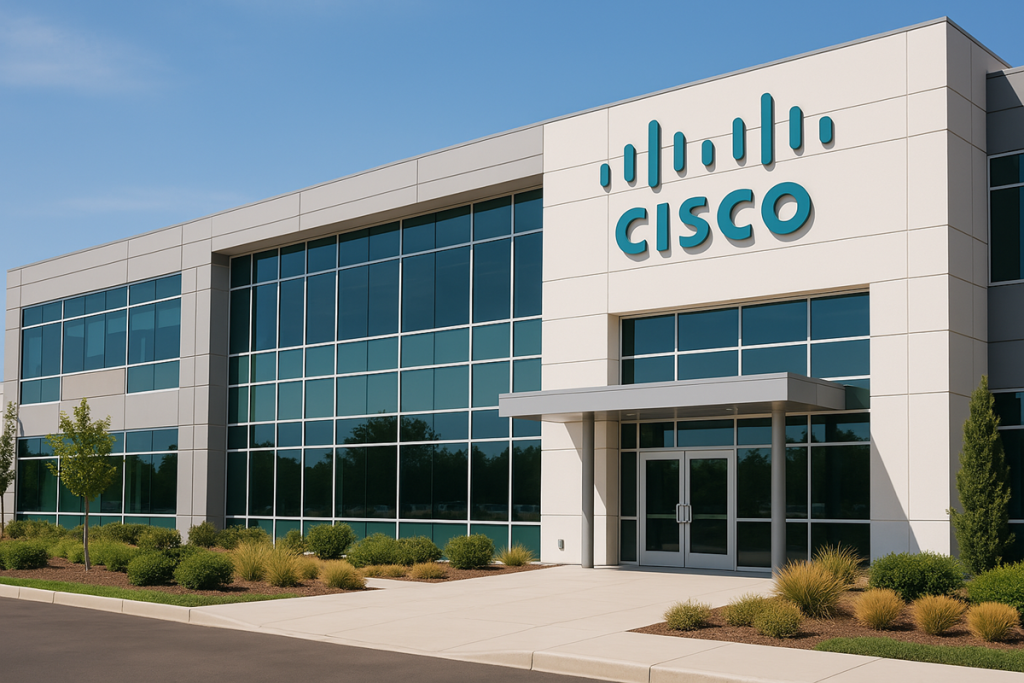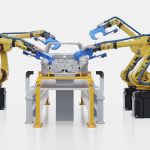Global shocks have exposed the limits of centralized sourcing. A new supply chain architecture is emerging—less lean, more layered, and increasingly regional by design.
The Case for Redundancy in a Volatile World
For decades, global supply chains were defined by cost-efficiency and consolidation. Low-cost production hubs in Asia, long-distance shipping lanes, and just-in-time models delivered economies of scale—but left little room for disruption. Then came a cascade of shocks: a pandemic that closed borders, geopolitical flare-ups that rewrote trade terms, and climate events that interrupted logistics corridors. In each case, the common vulnerability was over-concentration.
Today, a different model is taking hold. Supply chains are becoming more regionally distributed, more digitally orchestrated, and more prepared for failure. Redundancy—once seen as waste—is now being built in as a feature, not a flaw. Companies are no longer asking how to shave every dollar off sourcing costs. They’re asking how to ensure continuity when systems are stressed.
Cisco’s Playbook: Diversify, Digitize, Decentralize
Cisco’s supply chain transformation offers a revealing example of what this shift looks like in practice. Faced with tariff exposure and operational risk, the company reduced its manufacturing dependency on China by roughly 80%, redistributing capacity to India, Mexico, and Eastern Europe. But it didn’t stop at geography.
Underpinning this shift is a suite of digital tools that support scenario planning, visibility, and responsiveness. A digital twin of Cisco’s global supply chain enables simulations of disruption events and identifies bottlenecks before they escalate. Predictive analytics sharpen demand planning, while AI-enhanced forecasting helps align inventory and service levels. Together, these tools form a decision-making framework that isn’t just reactive—it’s anticipatory.
Crucially, Cisco has layered in sustainability as part of its network design. From emissions tracking to circular logistics, the company’s decentralized approach is not only more resilient—it also aligns with regulatory and customer pressures around environmental impact. The business case for diversification is no longer built on risk alone. It’s increasingly about alignment with long-term economic, environmental, and reputational objectives.
Where Regionalization Delivers—and Where It Still Demands Caution
While the gains from decentralization are clear—improved agility, shorter lead times, more resilience—the trade-offs are just as real. Regional production can carry higher costs. Supplier ecosystems in emerging regions may be thinner, and the adoption of digital infrastructure takes time and investment. For many organizations, the transition won’t be uniform or immediate. It will require sequencing, prioritization, and a clear-eyed view of the gaps between intent and readiness.
But what’s already evident is that global standardization as the default approach is losing relevance. The shift toward regional models isn’t a temporary detour. It’s a recognition that resilience is now a baseline requirement—not an optional extra.
A Structural Shift, Not a Stopgap
The evolution toward regionally distributed, digitally enabled supply chains is more than a risk response. It reflects a redefinition of what operational excellence looks like. The priority is no longer maximum efficiency under ideal conditions—it’s dependable performance under uncertain ones.
The companies that will lead in the years ahead won’t be those that hold onto yesterday’s optimizations. They’ll be the ones designing supply networks that can absorb disruption, pivot quickly, and still deliver when the unexpected becomes the norm. As Cisco’s example shows, the future of supply chain strategy isn’t global or local—it’s resilient, layered, and precisely aligned to the risks and realities of a more unpredictable world.







